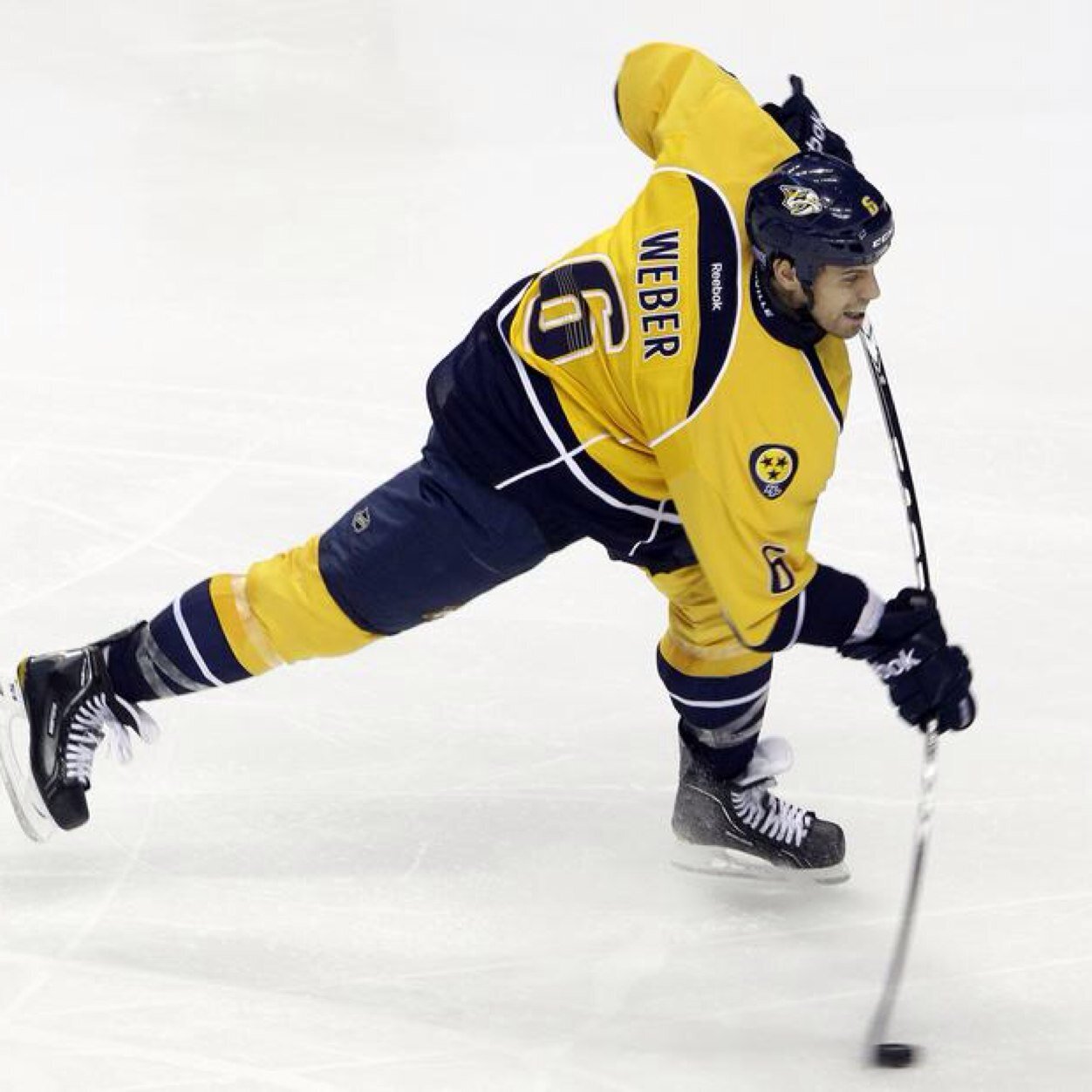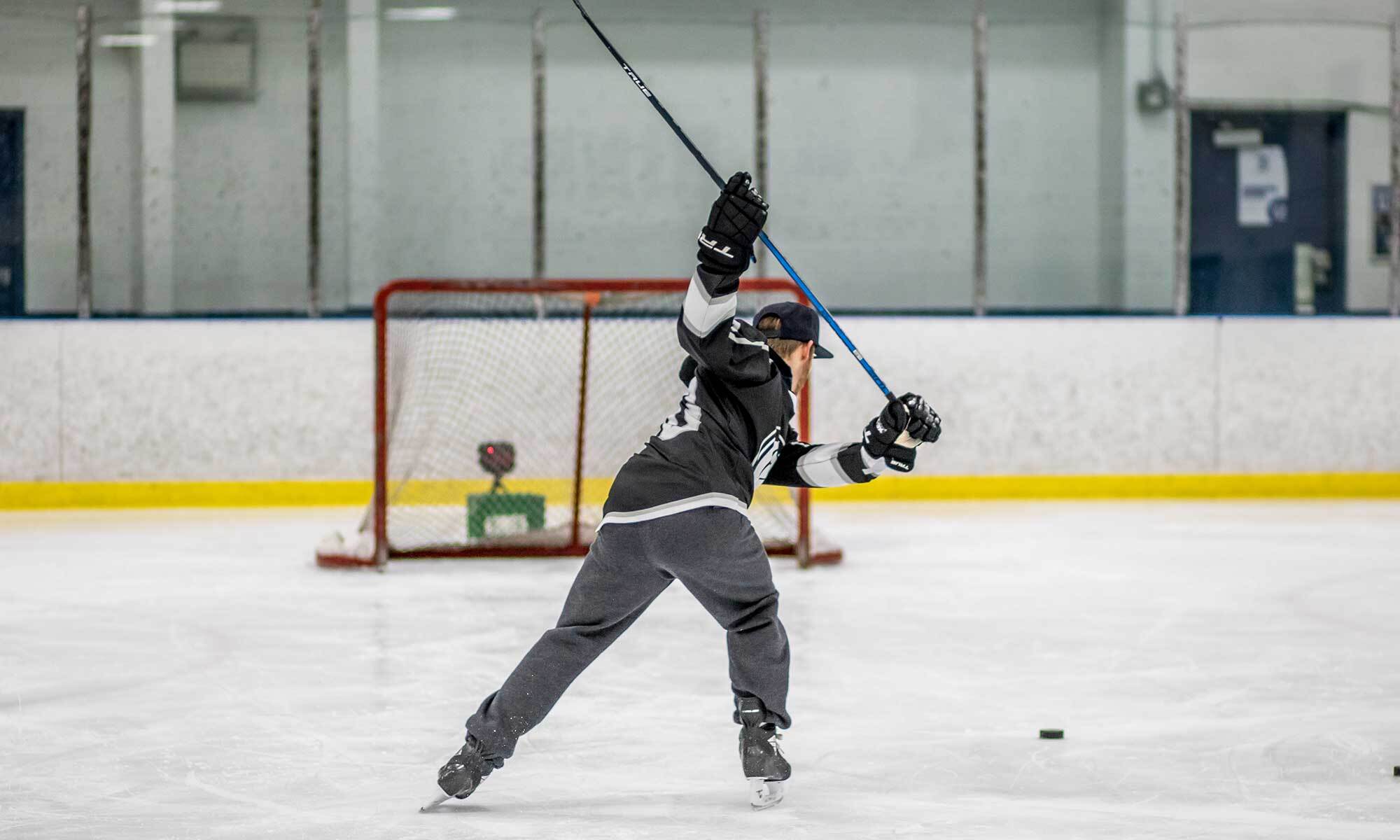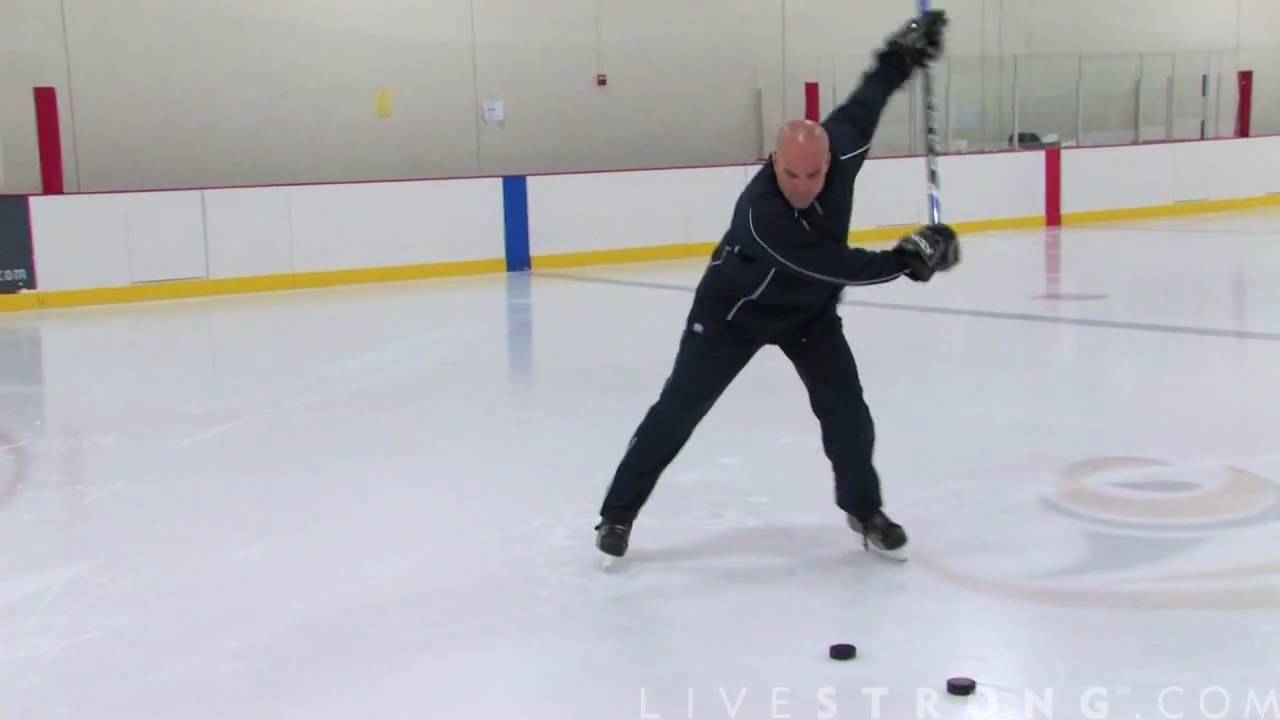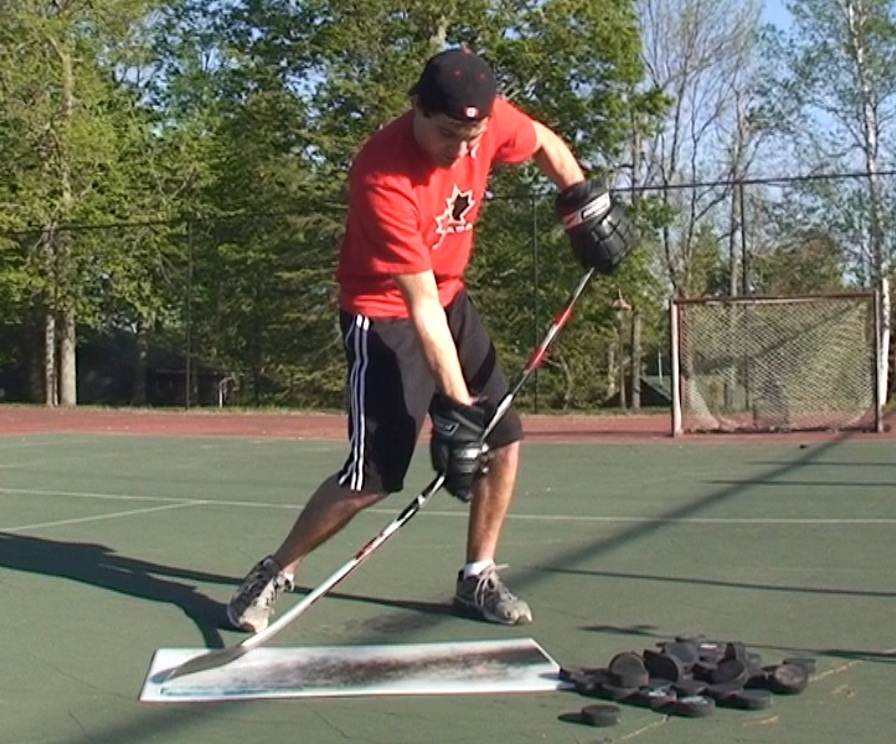Landing a shot in the right spot can be the difference between winning and walking away empty-handed. More than speed or strength, success in hockey comes down to the ability to consistently place the puck where you intend.
Developing hockey shooting accuracy takes patience, repetition, and focus, but the payoff is greater confidence on the ice and more reliable results when it matters most. In this guide, we’ll explore the fundamentals, techniques, and training methods that help players at every level sharpen their accuracy and elevate their game.
Why Shooting Accuracy Sets Players Apart
 A powerful shot is impressive, but it’s hockey shooting accuracy that wins games. An accurate shooter can place the puck where the goaltender can’t reach it — low blocker side, top corner glove, or just inside the post — turning scoring chances into goals.
A powerful shot is impressive, but it’s hockey shooting accuracy that wins games. An accurate shooter can place the puck where the goaltender can’t reach it — low blocker side, top corner glove, or just inside the post — turning scoring chances into goals.
Accurate shooting impacts game outcomes in several ways:
- Increased Scoring Efficiency – Players waste fewer opportunities when every shot is a legitimate scoring threat.
- Pressure on Opponents – Consistent accuracy forces goalies to adjust their stance and defenders to close shooting lanes faster.
- Team Strategy – Precision shooters create space for teammates by drawing defenders out of position.
For coaches and scouts, accuracy often matters as much as power. Players who master this skill can apply hockey goal scoring strategies such as aiming for rebounds that lead to secondary scoring chances. At higher levels, where goaltenders are well-positioned and fast, shot placement is often the difference between a game-winning goal and a routine save.
Many players struggle with keeping shots low enough to hit the target or consistently missing to one side; this is often due to poor hockey shooting form, inconsistent hockey puck control, or simply a lack of targeted practice. Spotting these patterns is the first step toward correction.
Slap Shot Mechanics: Building a Solid Foundation
 The slap shot is one of the most powerful tools in a player’s arsenal, but without proper slap shot mechanics, accuracy suffers. A great slap shot blends power with control, relying on several technical elements:
The slap shot is one of the most powerful tools in a player’s arsenal, but without proper slap shot mechanics, accuracy suffers. A great slap shot blends power with control, relying on several technical elements:
- Body Positioning – Feet should be shoulder-width apart with knees bent for balance. A stable base improves aim and prevents unnecessary body movement during the swing.
- Grip and Hand Placement – The top hand controls aim, while the bottom hand generates leverage. Moving the bottom hand lower down the shaft can help with power but may affect accuracy.
- Wind-Up and Contact Point – The stick should strike the ice just behind the puck, loading the shaft to release stored energy. Missing the ice entirely often leads to mishits or loss of control.
- Weight Transfer – Power comes from shifting weight from your back leg to your front leg during the shot. This motion also helps guide the puck toward the intended target.
- Follow-Through – Finish with your stick blade pointing where you want the puck to go, reinforcing aim and consistency.
Players working to improve slap shot accuracy should focus on posture control and timing. Tracking puck trajectory during practice and adjusting based on results is a proven method to eliminate mechanical errors. Our article on how to pick the perfect hockey stick breaks down stick selection for optimal control.
Gear Matters: Choosing the Right Stick for Accuracy
The stick you choose can directly influence hockey shooting accuracy, as factors like stick flex and curve change how the puck leaves the blade.
- Flex – Flex should generally be about half your body weight in pounds, though personal preference and shot type matter. Too much flex can cause shots to rise unintentionally, while too little can limit power.
- Curve – A deep curve lifts the puck more easily, ideal for top-shelf shots. A flatter curve is better for low, controlled attempts.
- Blade Lie and Length – These affect your reach, shooting posture, and how consistently your blade stays flat on the ice.
Stick construction also matters: pro stock sticks offer consistent quality and weight balance, which many players find improves shot control. For more detail, see our stick flex and curve breakdown and choosing the right hockey stick curve guides.
Proper tape application on the blade also aids accuracy; adjusting tape thickness at the toe or heel can change puck feel. Explore our hockey stick taping techniques for accuracy-oriented setups.
Accuracy Training: On-Ice and Off-Ice Drills
To improve accuracy, players must integrate hockey shooting practice into every session. A balanced program includes varied hockey shooting exercises and situational hockey training drills that cover stationary and moving shots.
On-Ice Drills:
- Four-Corner Target Drill – Aim for each corner of the net in sequence, focusing on quick adjustments in aim.
- Moving Puck Drill – Combine skating patterns with hockey shooting angles to simulate receiving passes at different speeds.
- Rebound Control Drill – Purposefully shoot low to create rebounds for teammates, practicing control over shot placement.
Off-Ice Options:
Dryland training builds the muscle memory necessary for consistent shooting technique.
- Target Nets and Shooting Pads – Work on off-ice shooting tips by aiming for small, defined targets to fine-tune accuracy.
- Weighted Pucks and Stickhandling Balls – Improve hockey stick handling strength and precision for better shot release.
- Wall Pass Shooting – Pass the puck off a wall or board and shoot immediately to simulate a game-speed pass-and-shoot scenario.
For a comprehensive guide to at-home routines, visit our off-ice hockey shooting drills article.

Sharpening Your Shot Under Pressure
In games, hockey offensive strategies must be executed at speed and under stress. Fatigue, crowd noise, and defensive pressure all affect hockey shooting accuracy.
To replicate game conditions:
- Game-Speed Drills – Practice shooting after 20–30 seconds of intense skating to mimic fatigue.
- Pressure Scenarios – Have a teammate defend lightly while you attempt quick releases.
- Mental Training – Visualize target zones before you receive the puck; this keeps decision-making fast.
Tracking your hockey shooting statistics during scrimmages helps identify accuracy trends, and coaches can incorporate hockey performance analysis tools to assess shot patterns and areas for improvement. Under pressure, elite players often rely on shot placement over pure speed. Even a slower, well-placed backhand or snap shot can beat a goalie if it’s accurate.
Practice with Purpose, Perform with Precision
 Long-term hockey shooting improvement requires purposeful repetition and evaluation. Players should:
Long-term hockey shooting improvement requires purposeful repetition and evaluation. Players should:
- Maintain structured hockey practice routines with dedicated accuracy segments.
- Set measurable goals, such as hitting 8 of 10 target shots from the slot.
- Incorporate hockey player assessment sessions to review video and make mechanical adjustments.
Coaches can use hockey team tactics like cycling the puck or setting up screens to give accurate shooters more high-quality opportunities. For younger players, our youth vs junior hockey stick sizing guide ensures they start with gear suited to their development stage.
Accuracy training builds confidence, which in turn improves performance under pressure. Pro Stock Hockey offers pro-level sticks built to match your shooting skills and style — explore our Pro Stock Sticks to find the one that enhances your scoring touch.

